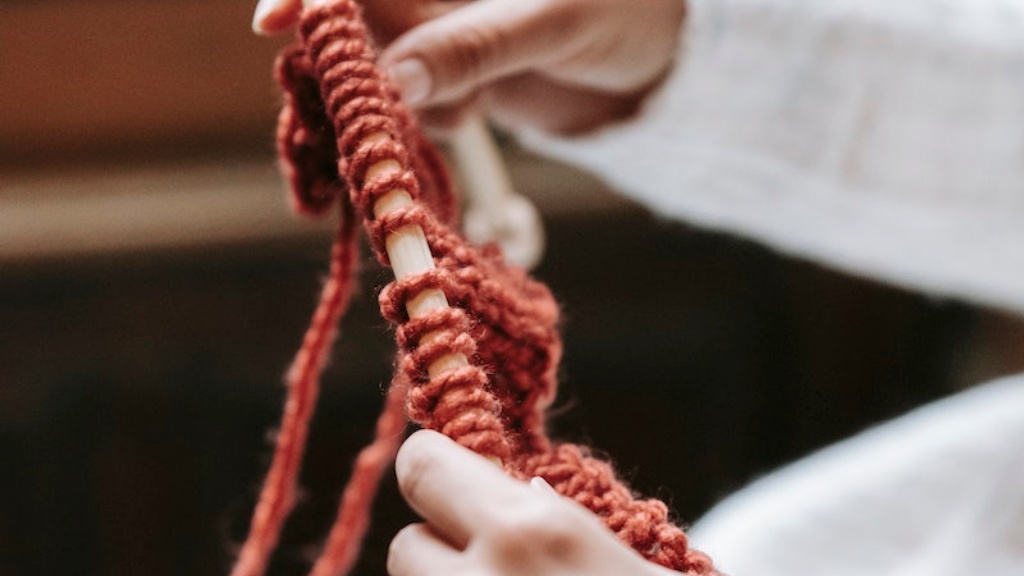The Importance of Correct Timing for Singer Sewing Machines
Singer sewing machines are an integral tool for many people whether for basic alterations, mending clothes, or even making their own clothing and accessories. While the machines are popular, they require precise adjustments, timing, and maintenance to run their best. If not set and adjusted properly, they can start to run erratically. In this article, we’ll look at how to properly fix Singer sewing machine timing.
Assessing Your Machine’s Current Timing
If you’re experiencing stitches that bunch, skip, or seem too tight, it could be a sign that your machine’s timing is off. To check your machine’s timing, place a white sheet of fabric under the needle. With the presser foot down, start to sew in the reverse direction. As the needle is retracting, check to see if the needle is still hitting the shuttle hook. If it does not then the machine’s timing is out.
Understanding Your Machine’s Timing Components
In order to properly fix Singer sewing machine timing, you first need to know the components associated with the machine’s timing. These parts include the hook timing, the hook race, and the hook position.
The hook timing is the component responsible for ensuring the timing of the hook with the needle. Specifically, the hook should be positioned in the shuttle hook so it can bring back the loop of thread the needle has created.
The hook race is responsible for how fast the hook spins and how close it should be to the needle when looping the thread.
Lastly, the hook position is related to the hook race. It sets how far the hook should be from the needle when looping the thread.
Troubleshooting the Timing on a Singer Sewing Machine
When you have identified the timing issue, it’s time to troubleshoot the machine. Start by taking off the needle plate and expose the internal parts of the machine. Then, use a screwdriver to loosen the hook adjustment screw located on the right side of the machine. Then, begin to rotate the hook manually until the needle hits the hook. Then tighten the screw.
Adjusting the Hook Position on Singer Sewing Machines
If you need to adjust the hook position on the Singer sewing machine, you’ll need to take the machine apart and tighten or loosen the screws that are found on the side of the machine housing. As you do this, you should be able to see the hook moving closer or further away from the needle. If you turn the screw counterclockwise, the hook will move away from the needle, and clockwise will move the hook towards the needle. Adjust the hook position until it’s close enough to catch the loop created by the needle.
Re-timing the Hook and Needle on Singer Sewing Machines
To re-time the hook and the needle, start by loosening the hook screws. This will allow you to lift or lower the hook and adjust the timing as you see fit.
The hook should be positioned in the slot of the shuttle hook so that the thread can be looped from the needle. Once the hook is in the slot, use a screwdriver to fasten the screws so the hook will stay in that position. Check the alignment of the needle and the hook several times to make sure they’re lined up correctly.
Tightening the Shuttle Hook and Bobbin Case on Singer Sewing Machines
When fixing the timing on a Singer sewing machine, you should always make sure to tighten the shuttle hook and the bobbin case. To do this, you’ll need to unscrew the two screws located on the side of the machine that are responsible for the tension. Then you’ll need to manually rotate the shuttle hook to get the right tension. Once the tension is correct, you can tighten the screw and set it in the designated area.
Performing a Test Run After Fixing Sewing Machine Timing
After all the adjustments have been made, it’s time to perform a test run. You should start by running the machine using the reverse stitch. Inspect the stitches and make sure they’re straight and properly secured. If everything looks good, run the machine for a few minutes to test for any possible issues. If you don’t find any, the machine’s timing has been successfully fixed.
Preventing Sewing Machine Timing Problems
Properly maintaining your Singer sewing machine is the best way to prevent any future timing issues. To ensure the longevity of the machine, you should oil it regularly and clean out the lint build-up in the bobbin case. Also, replace worn parts such as the needle, presser foot, and bobbin case on a regular basis.
Conclusion
Fixing the timing of your Singer sewing machine is a fairly easy process. However, it requires you to understand the machine’s components and how they work together for optimal efficiency. If done correctly, your machine should run smoother and provide better results. But make sure to perform regular maintenance and inspections to keep it running well.


